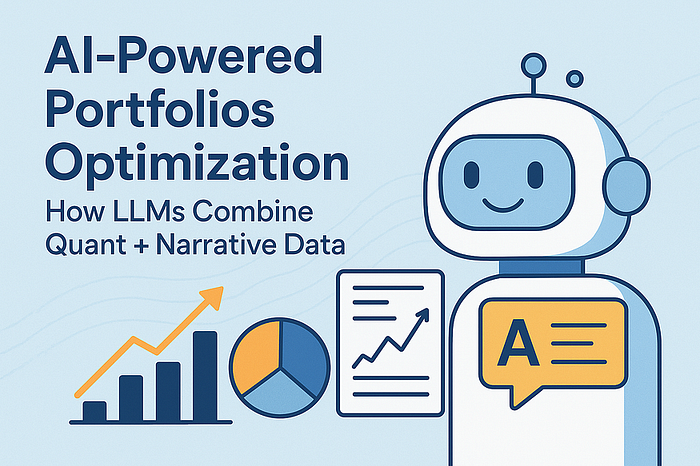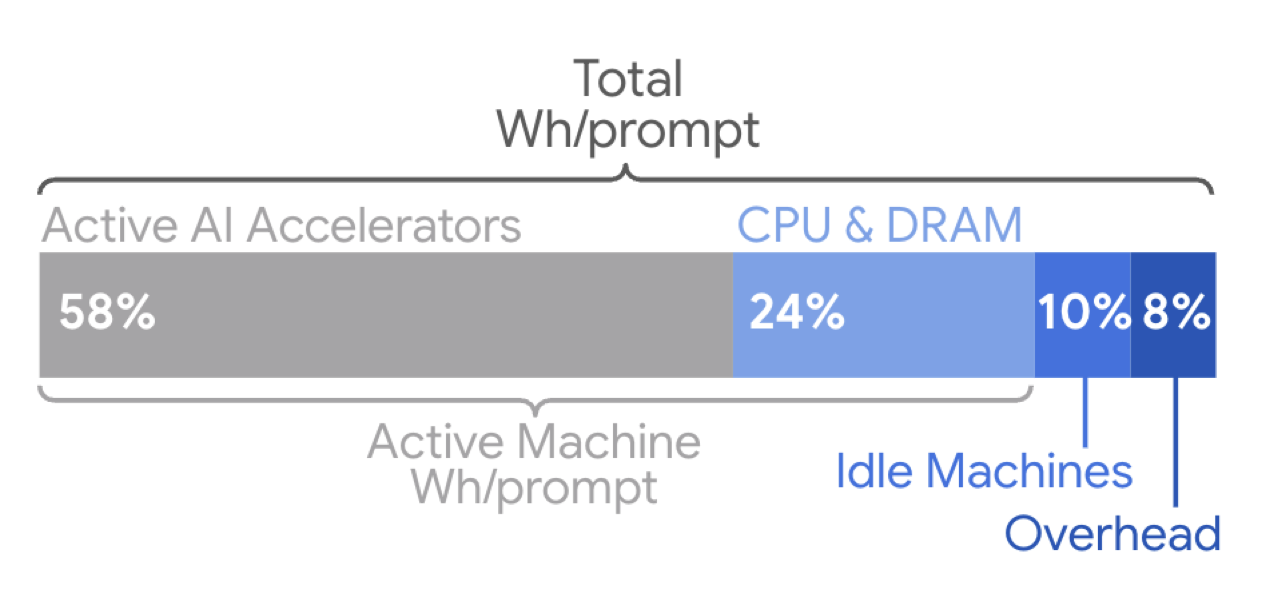Introduction to AI-Powered Portfolio Optimization
The world of finance and investment is constantly evolving, with new technologies and strategies emerging to help investors make informed decisions. One such innovation is the use of Large Language Models (LLMs) in portfolio optimization. LLMs have the ability to combine quantitative analysis with narrative data, providing a more comprehensive view of the market and enabling investors to make more robust investment strategies.
The Limitations of Traditional Quantitative Models
Traditional quantitative models rely solely on numerical data, such as historical trends and financial ratios, to make predictions and inform investment decisions. However, these models often fail to account for external factors, such as news and events, that can significantly impact the market. For example, in early 2020, traditional quantitative models may have shown strong buy signals for airline stocks based on historical trends, but they would not have taken into account the emerging news about the novel coronavirus spreading in China.
The Power of Combining Quant and Narrative Data
LLMs can bridge the gap between quantitative analysis and narrative data by interpreting complex narratives from various sources, such as news articles and earnings calls. This allows investors to gain a more complete understanding of the market and make more informed decisions. By combining quant and narrative data, LLMs can provide a more nuanced view of the market, taking into account both numerical data and external factors.
Real-World Applications of LLMs in Portfolio Optimization
LLMs have a wide range of applications in portfolio optimization, including crisis detection, ESG investing, and earnings prediction. For example, LLMs can be used to analyze news articles and earnings calls to detect early warning signs of a crisis, allowing investors to adjust their portfolios accordingly. Similarly, LLMs can be used to analyze ESG (Environmental, Social, and Governance) data to identify companies that are committed to sustainable practices and socially responsible investing.
How LLMs Work
LLMs work by analyzing large amounts of data, including numerical data and narrative data, to identify patterns and trends. They use natural language processing (NLP) techniques to interpret narrative data, such as news articles and earnings calls, and combine it with quantitative analysis to provide a more comprehensive view of the market. LLMs can be trained on large datasets, allowing them to learn and improve over time.
Benefits of Using LLMs in Portfolio Optimization
The use of LLMs in portfolio optimization offers several benefits, including improved investment decisions, increased efficiency, and enhanced risk management. By combining quant and narrative data, LLMs can provide a more complete understanding of the market, allowing investors to make more informed decisions. Additionally, LLMs can automate many of the tasks involved in portfolio optimization, such as data analysis and reporting, freeing up time for investors to focus on higher-level decision-making.
Conclusion
In conclusion, LLMs have the potential to revolutionize the field of portfolio optimization by combining quantitative analysis with narrative data. By providing a more comprehensive view of the market, LLMs can help investors make more informed decisions and improve their investment strategies. As the use of LLMs in portfolio optimization continues to grow, it is likely that we will see significant improvements in investment outcomes and a shift towards more hybrid approaches that combine both quantitative and qualitative analysis.
FAQs
What are LLMs and how do they work?
LLMs are Large Language Models that use natural language processing (NLP) techniques to interpret narrative data, such as news articles and earnings calls, and combine it with quantitative analysis to provide a more comprehensive view of the market.
What are the benefits of using LLMs in portfolio optimization?
The benefits of using LLMs in portfolio optimization include improved investment decisions, increased efficiency, and enhanced risk management.
Can LLMs be used for crisis detection and ESG investing?
Yes, LLMs can be used for crisis detection and ESG investing by analyzing news articles and earnings calls to detect early warning signs of a crisis and identifying companies that are committed to sustainable practices and socially responsible investing.
How can I get started with using LLMs in portfolio optimization?
To get started with using LLMs in portfolio optimization, you can explore online resources and courses that provide training and guidance on how to use LLMs in investment decision-making. Additionally, you can consider working with a financial advisor or investment manager who has experience with LLMs and can provide personalized guidance and support.











